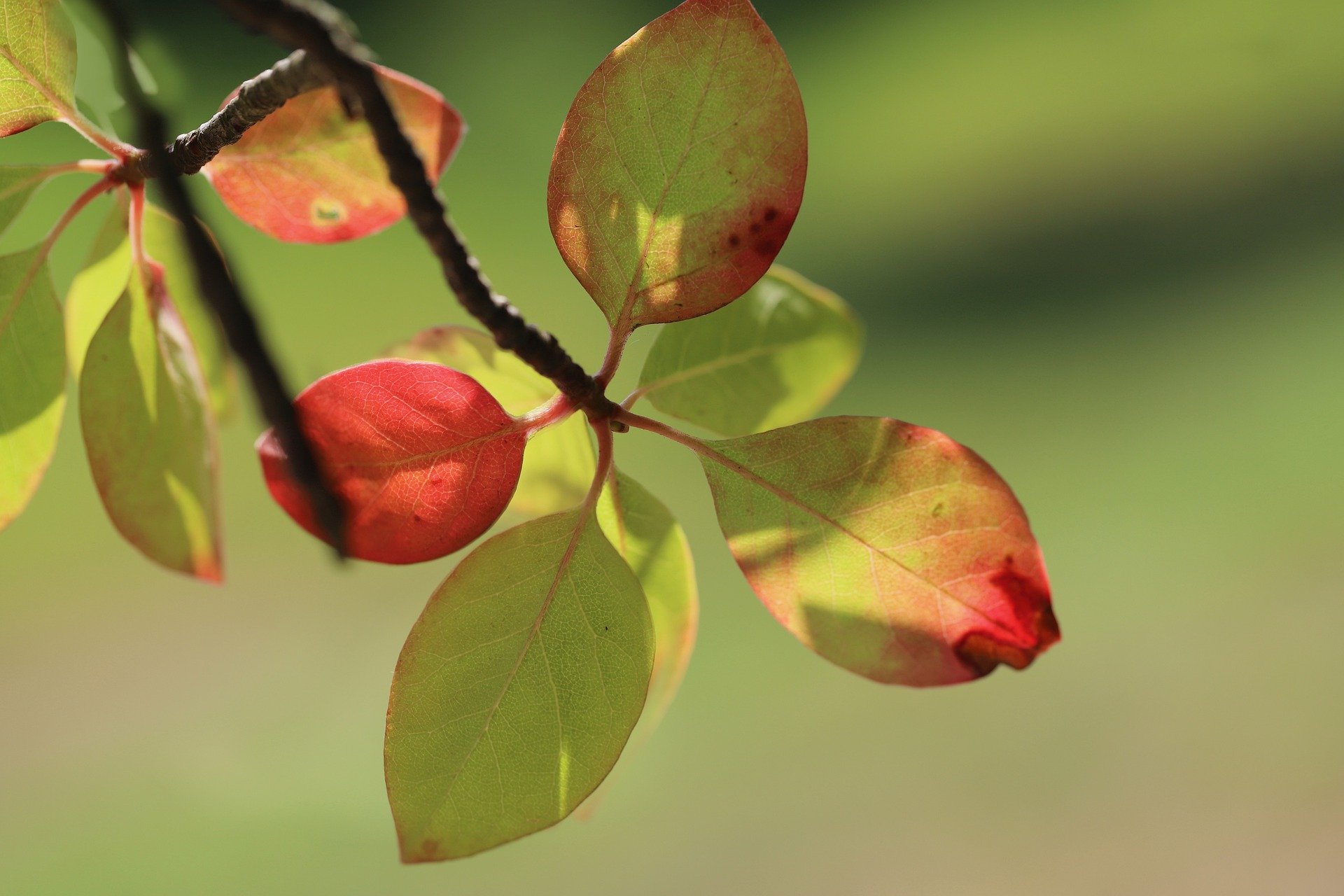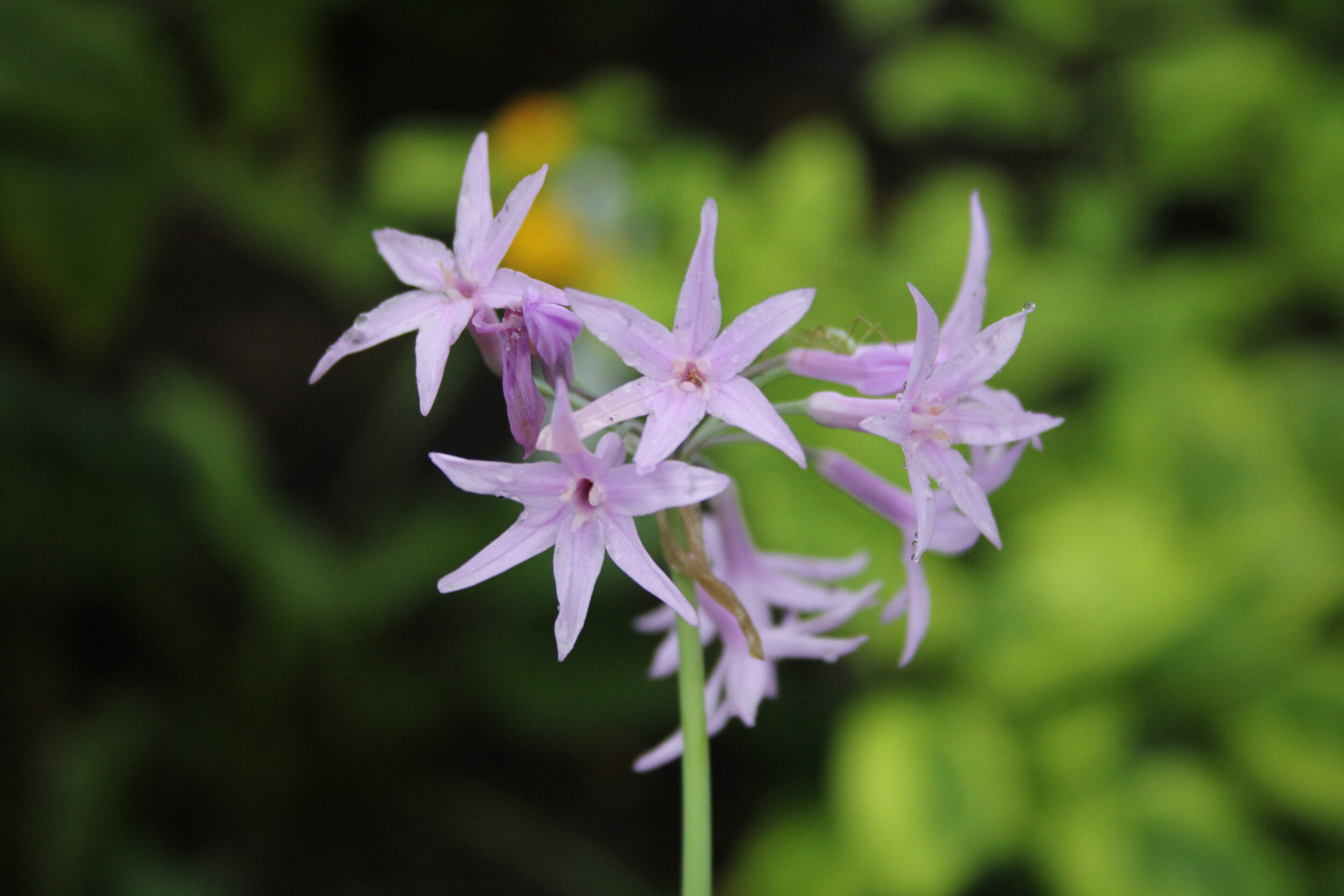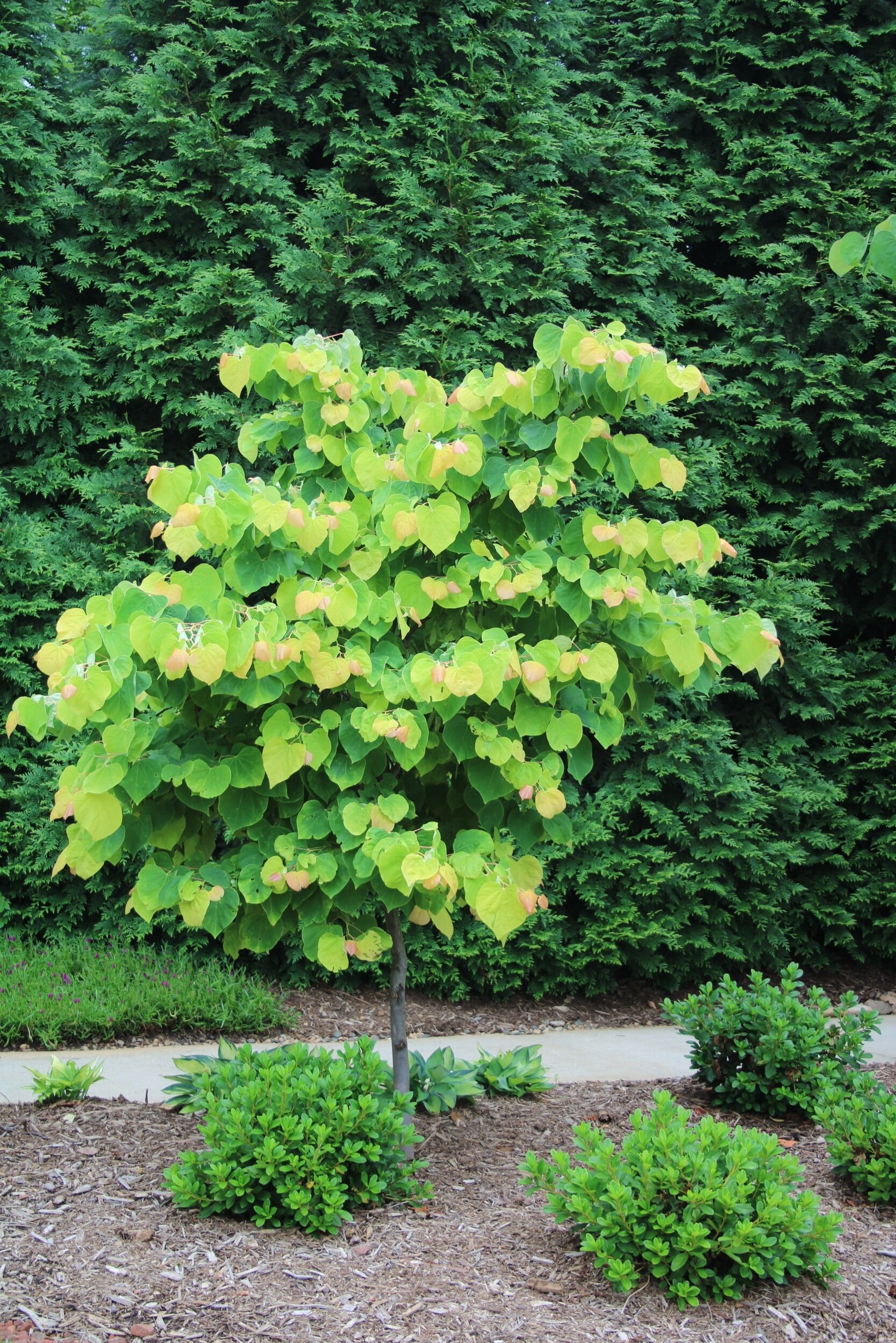Tupelo, also known as Blackgum, is among the first trees to show fall color. Summer leaves are a pretty, shiny green. In autumn they turn fiery red, which you may have deduced from cultivar names like ‘Red Rage,’ ‘Wildfire,’ and “Firestarter.’ A few leaves will have yellow, orange or purple highlights. In spring, the nectar-rich flowers are a butterfly favorite but blooms are so small they are unnoticeable to humans. In late summer, female trees produce deep blue or purple fruit, a treat for turkeys, songbirds, bears, opossums, and raccoons. Honeybees produce a high quality, pale honey from Tupelo nectar.
Tupelo (Nyssa sylvatica, pronounced NYE·suh sil·VA·tuh·kuh and mispronounced by me 100% of the time as NISS-ah) are native to the eastern US, and are hardy in zones 3 through 9. They prefer a moist, acid soil in full sun, but are adaptable to wet or dry locations, are wind- and salt-tolerant, are fire resistant, and will withstand some shade. They grow in sand, clay or silt soils.
While deer may nibble the tender new shoots in spring, they leave mature trees alone. The straight species and older cultivars may suffer from leaf spots, but this does not seem to harm the tree. ‘Red Rage’ and ‘Green Gable’ cultivars are resistant to leaf spot problems.
These are slow growers but can be induced to speed thing up by the addition of water and fertilizer. Mature height is typically 30 feet with a 20-foot spread, but in favorable habitats they may reach 90 feet or more. Tupelo Tower™ is a narrow cultivar, only 15 feet wide at maturity. A weeping cultivar is available, as is a variegated form, but I have not found those in local nurseries. A super-cool cultivar, ‘Zydeco Twist’ has gnarly, contorted limbs that make one think of Harry Lauder’s Walking Stick, an unrelated plant.
Although leaves can be confused with those of common Persimmon (Diospyros) trees, Tupelo limbs emerge from the trunk at a 90-degree angle, which (along with their dark, blocky or ridged bark) makes trees easy to identify in winter. Tupelo leaves are clustered on short, smooth limbs, “spurs.” Persimmon leaves are not shiny, and occur all along the length of the limb. Tupelos have a tap-root structure that means they transplant best when young.
Brilliant fall color
Tupelo fruit
The beginning of autumn color change





















